Chaos and Tragedy Unfold as Kenyan Protest Turns Deadly
- by Elijah, Kenya 🇰🇪, RNG247
- about 4 days ago
- 48 views

In a devastating display of civil unrest, Kenya experienced unprecedented violence on Wednesday as at least 16 lives were lost and over 400 others injured during nationwide protests that sharply deviated from their original purpose. The demonstrations, intended to honor those casualties from last year’s anti-government rallies, erupted into chaos across multiple cities, with police clashing violently against demonstrators amidst a tense political climate.
According to verified reports from the Kenya National Commission on Human Rights, the majority of fatalities—most confirmed as police-caused—highlight the severe escalation of tensions. Amnesty Kenya’s Executive Director, Irũngũ Houghton, confirmed the death toll, emphasizing the grim reality: “Most were killed by police.” The violence did not stop at bloodshed; the joint alliance of advocacy groups, including the Law Society of Kenya (LSK), the Police Reforms Working Group, and the Kenya Medical Association, reported that 83 individuals sustained serious gunshot injuries, with at least eight victims fighting for life after being wounded by live ammunition.
In a clear reflection of the storm’s ferocity, the protest organizers issued a heartfelt statement. “We pray for our nation, dialogue, and a way forward from the political impasse facing Kenya,” it read, underscoring the collective yearning for peaceful resolution amid the chaos.
The protests drew thousands to the streets, many holding flags and placards memorializing over 60 people who lost their lives when police opened fire during last year's parliamentary protests, which were sparked by proposed tax hikes. The scene in Nairobi was particularly tense—security forces erected barricades that snaked through key roads leading into the central business district, denying access to buses, minibusses, and residents alike. Razor wire cordoned off the parliament building and the official residence of President William Ruto, transforming the heart of the city into a fortified zone.
As crowds gathered in the city center—many abandoning their businesses in protest—spirits ran high with chants condemning the government and burning fires in the streets. Yet, these peaceful demonstrations quickly erupted into violence. Police responded with tear gas, water cannons, and baton charges, while protesters retaliated by hurling stones and debris. Reports from Kenyatta National Hospital revealed that 56 injured individuals had been admitted, most suffering from rubber bullet wounds.
The unrest extended beyond Nairobi, as Mombasa, Nakuru, Kisumu, and Kikuyu town in Kiambu County experienced similar clashes—some groups set fire to parts of court buildings, further exemplifying the widespread turmoil. Efforts to broadcast the protests faced direct censorship—Kenya’s Communications Authority ordered television and radio outlets to cease live coverage, with major stations including NTV, KTN, K24, and Kameme subsequently taken off air.
The political fervor is fueled by long-standing grievances—corruption, unemployment, rising living costs, and perceived government excesses—culminating in a series of protests last year that left dozens dead and many more disappeared. Recent incidents have only intensified public outrage. Police custody claimed the life of teacher Albert Ojwang, who was reportedly critical of high-ranking officers on social media, and during protests over Ojwang’s death, police fatally shot vendor Boniface Kariuki at close range, heightening tensions further.
Amidst the turmoil, the voices of Kenya’s youth resonate with urgency. Stephanie Marie, a young protester in Nairobi, expressed her outrage, stating, “It could be my brother, it could be my cousin, it could be anyone. These are just normal boys, doing normal things.” She implored political leaders to listen to the people’s voices. Innocent, another young demonstrator, reflected on the resilience driving their fight for justice. “The youth are unstoppable,” he declared, “because we’ve come to fight for our rights. We don’t want bad leadership.”
As the country grapples with the long shadow of violence and political deadlock, the path forward remains uncertain. The events of this day serve as a stark reminder of Kenya’s ongoing struggle for justice, accountability, and meaningful change amid a turbulent political landscape.



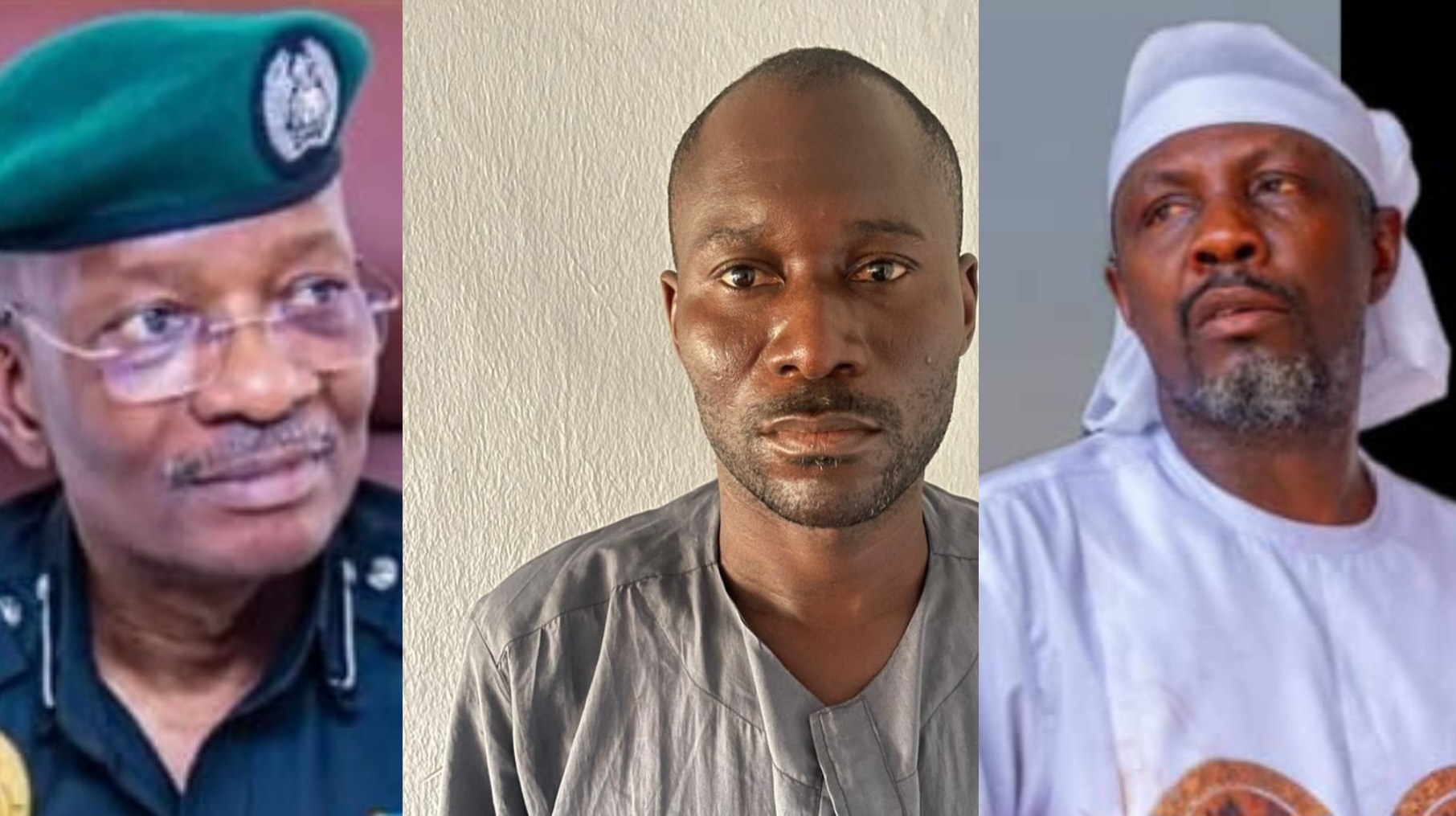
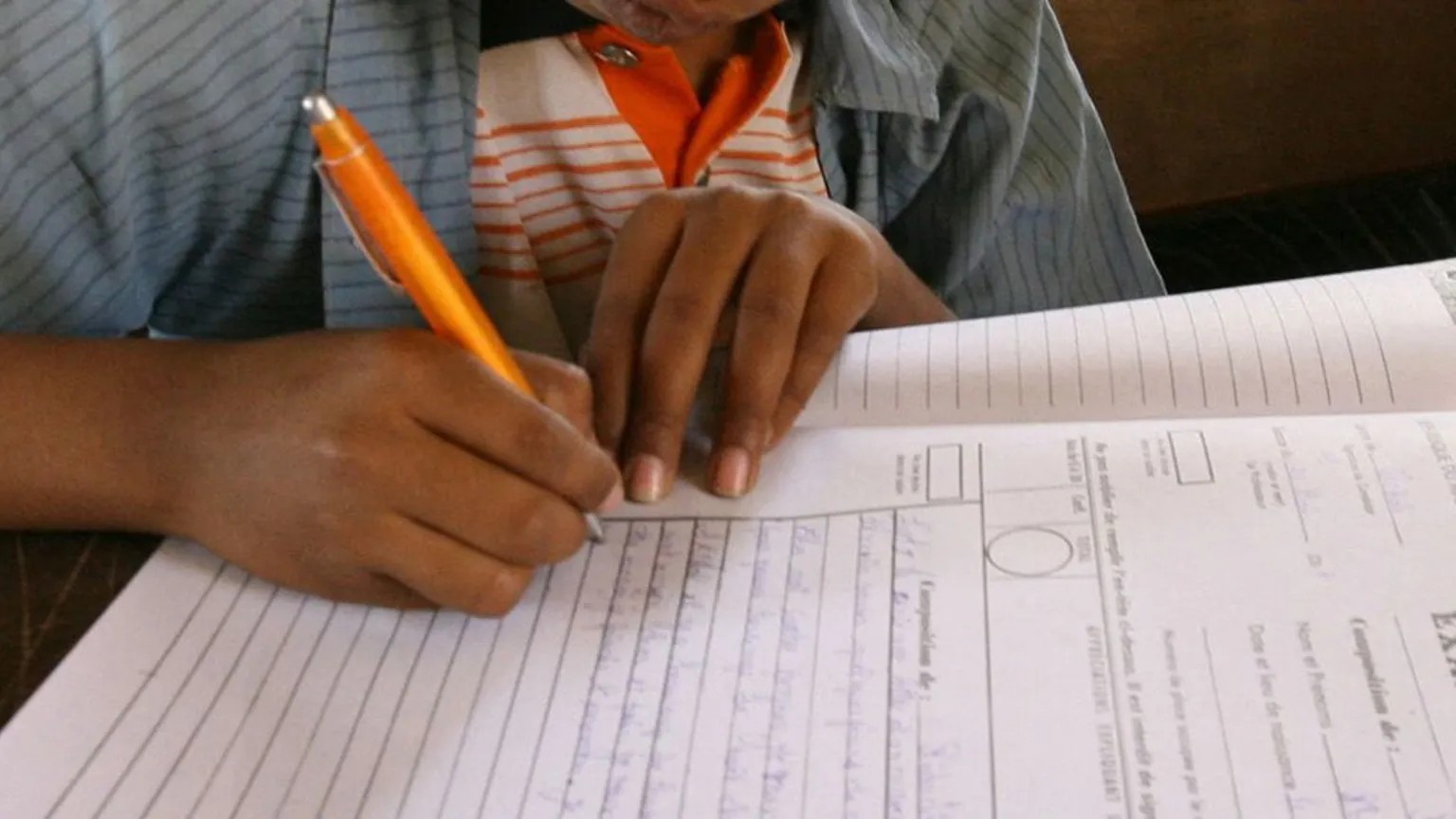
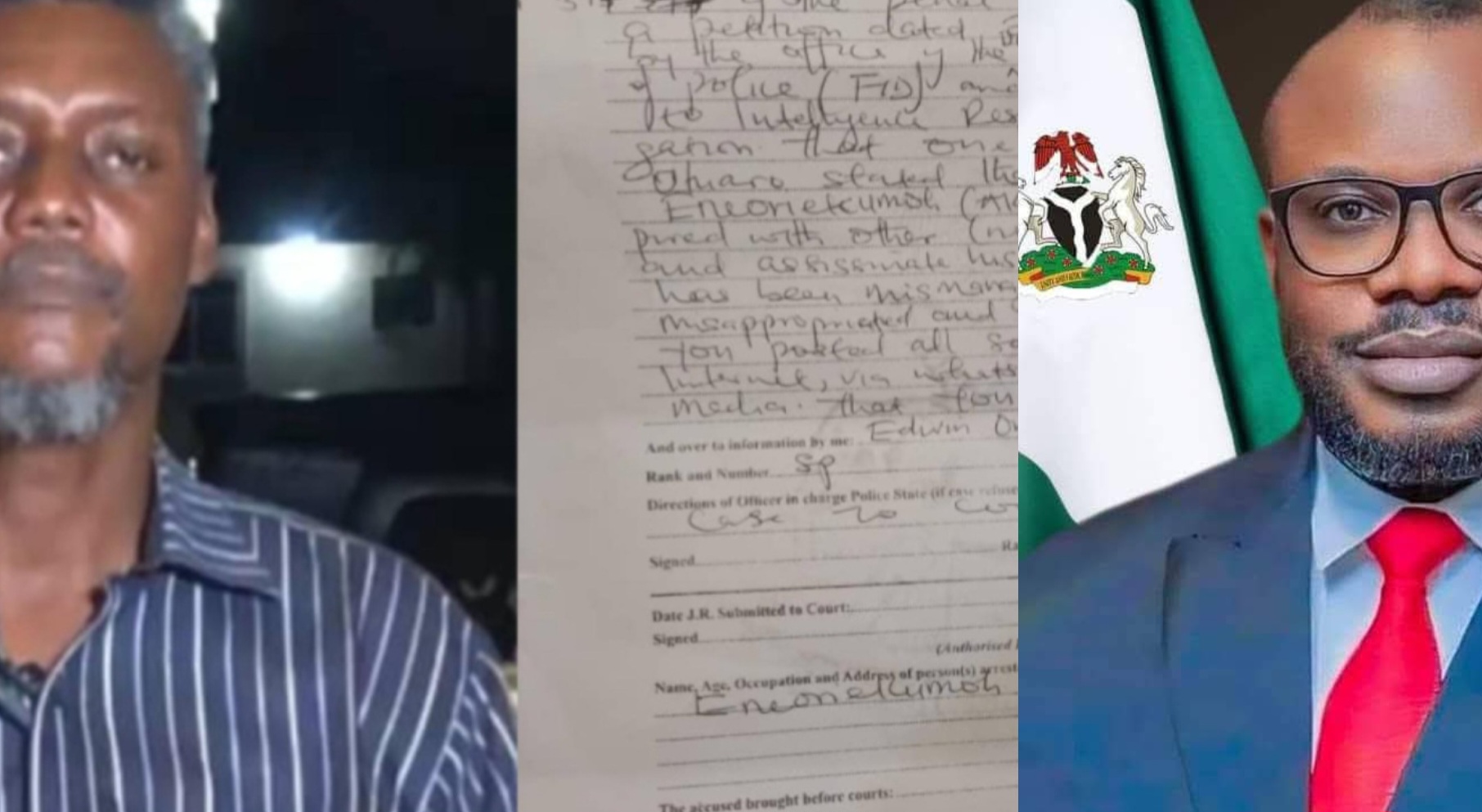
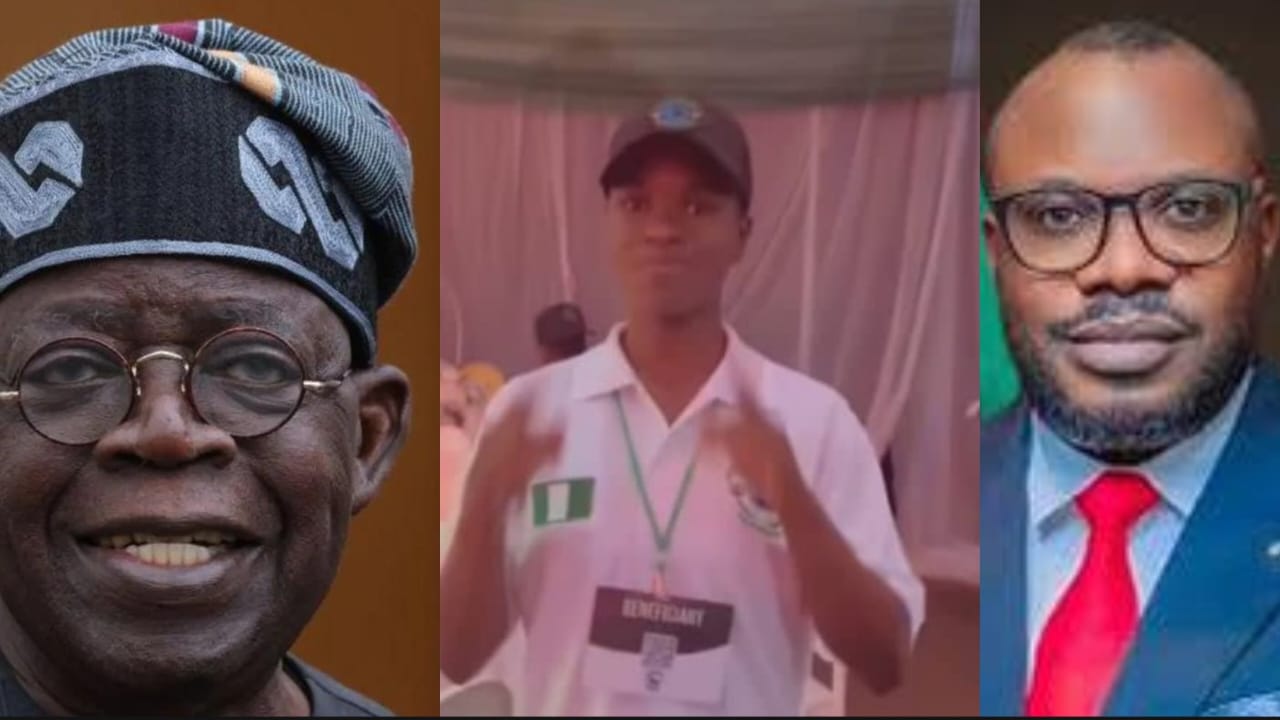
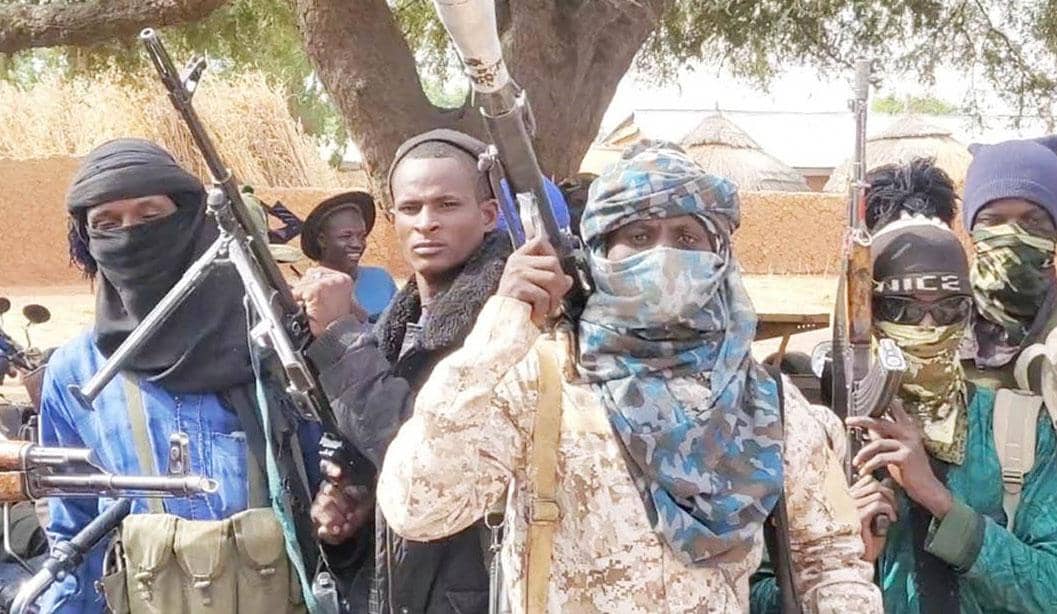
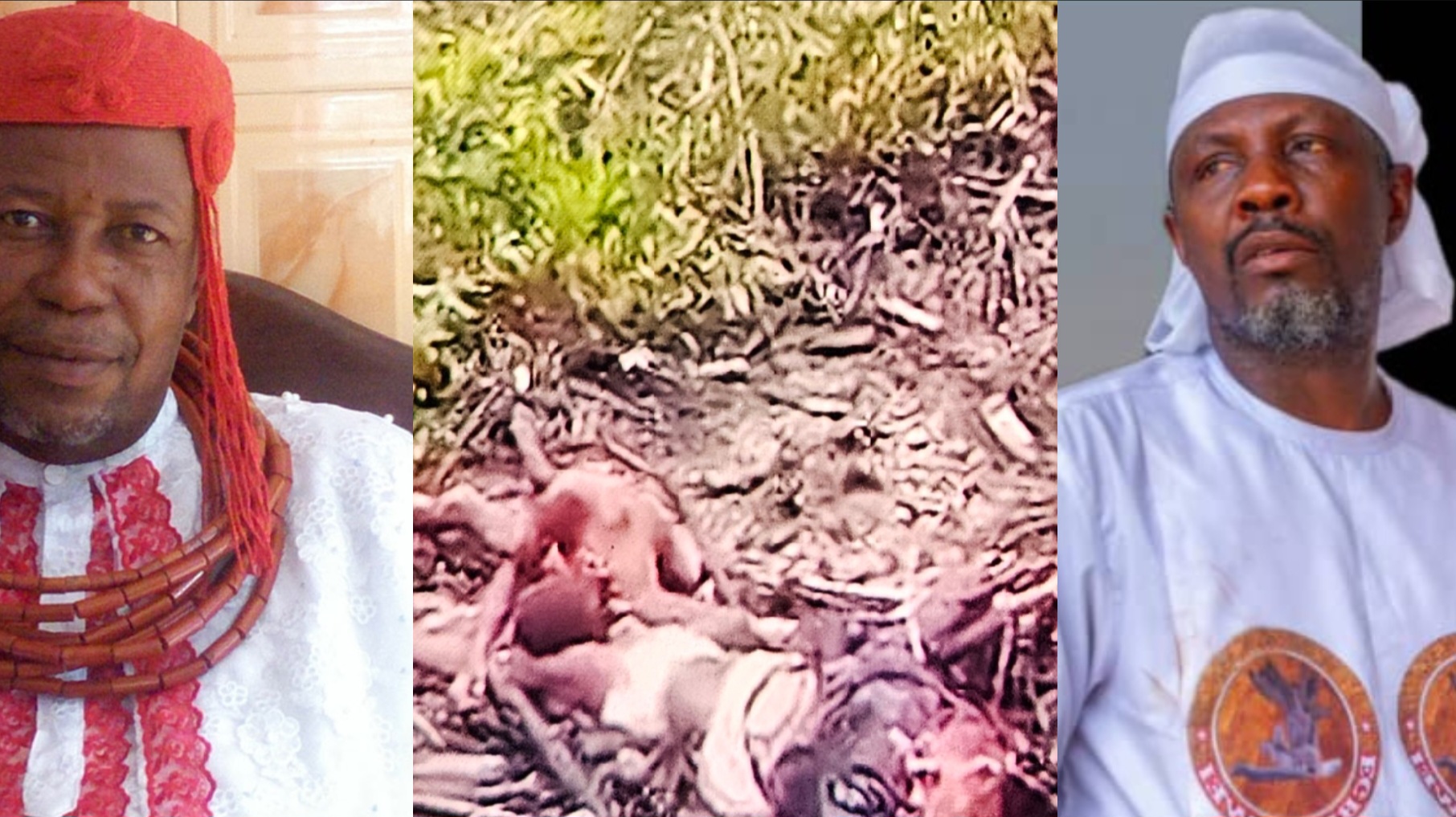
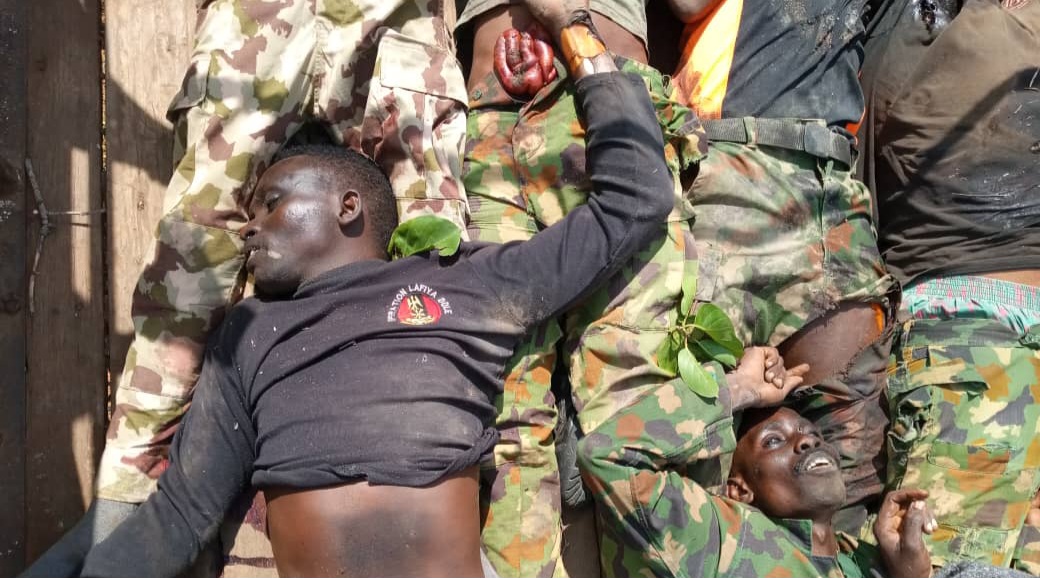
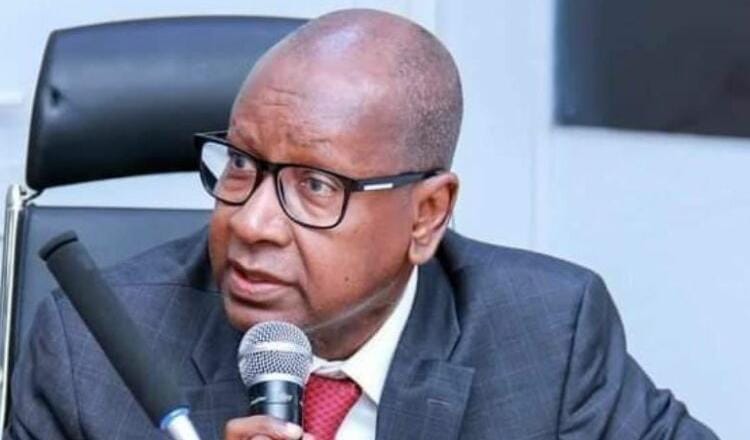
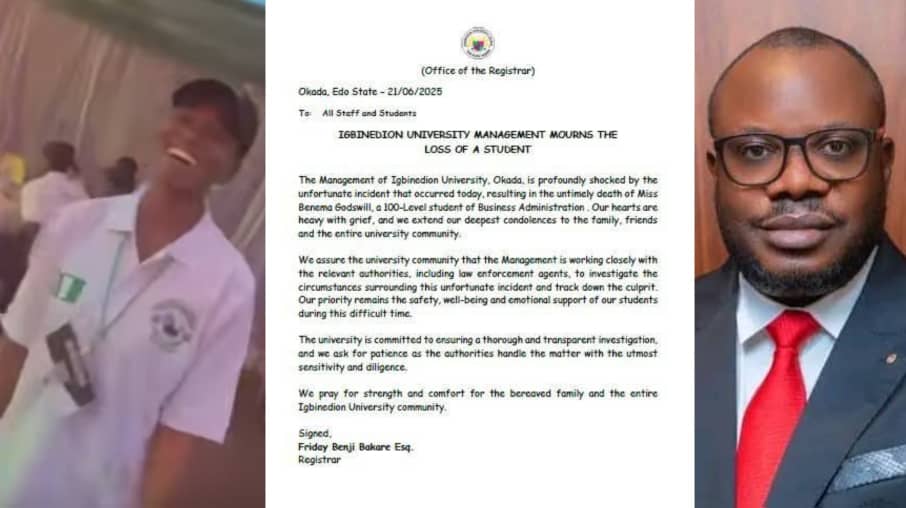
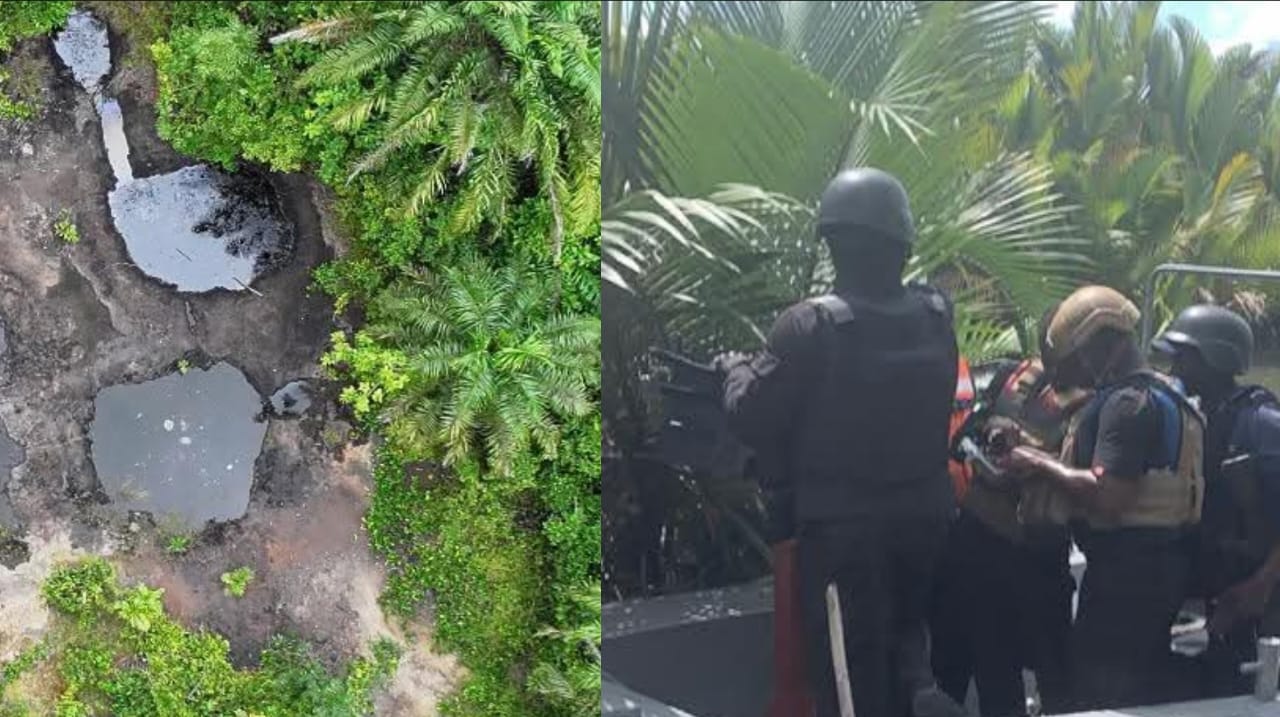
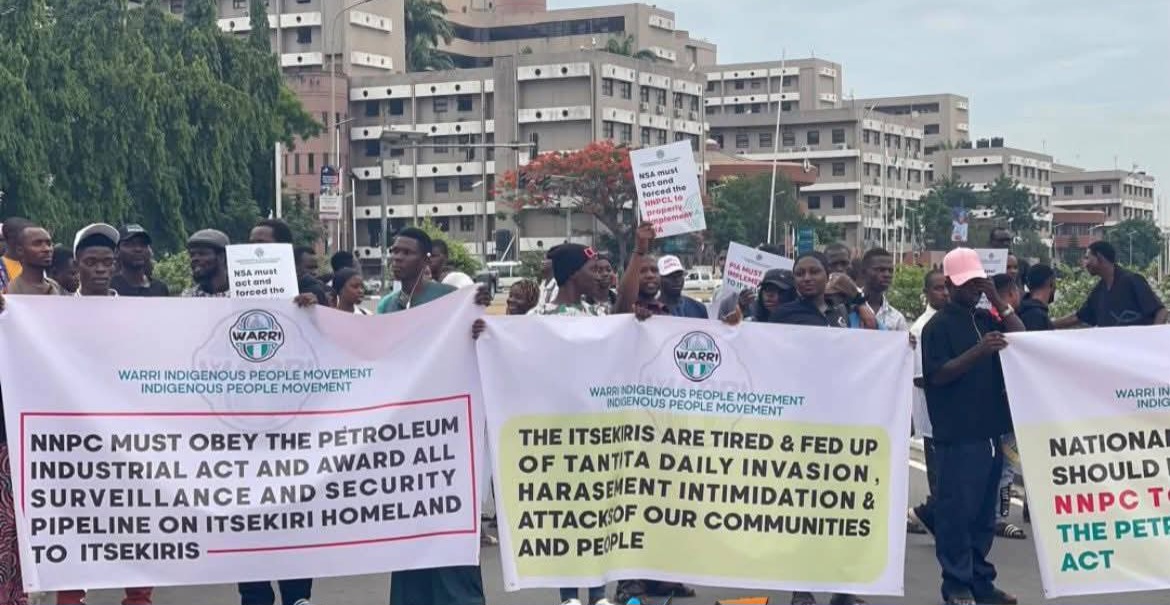
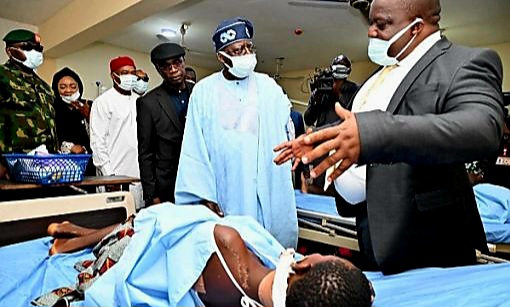

0 Comment(s)